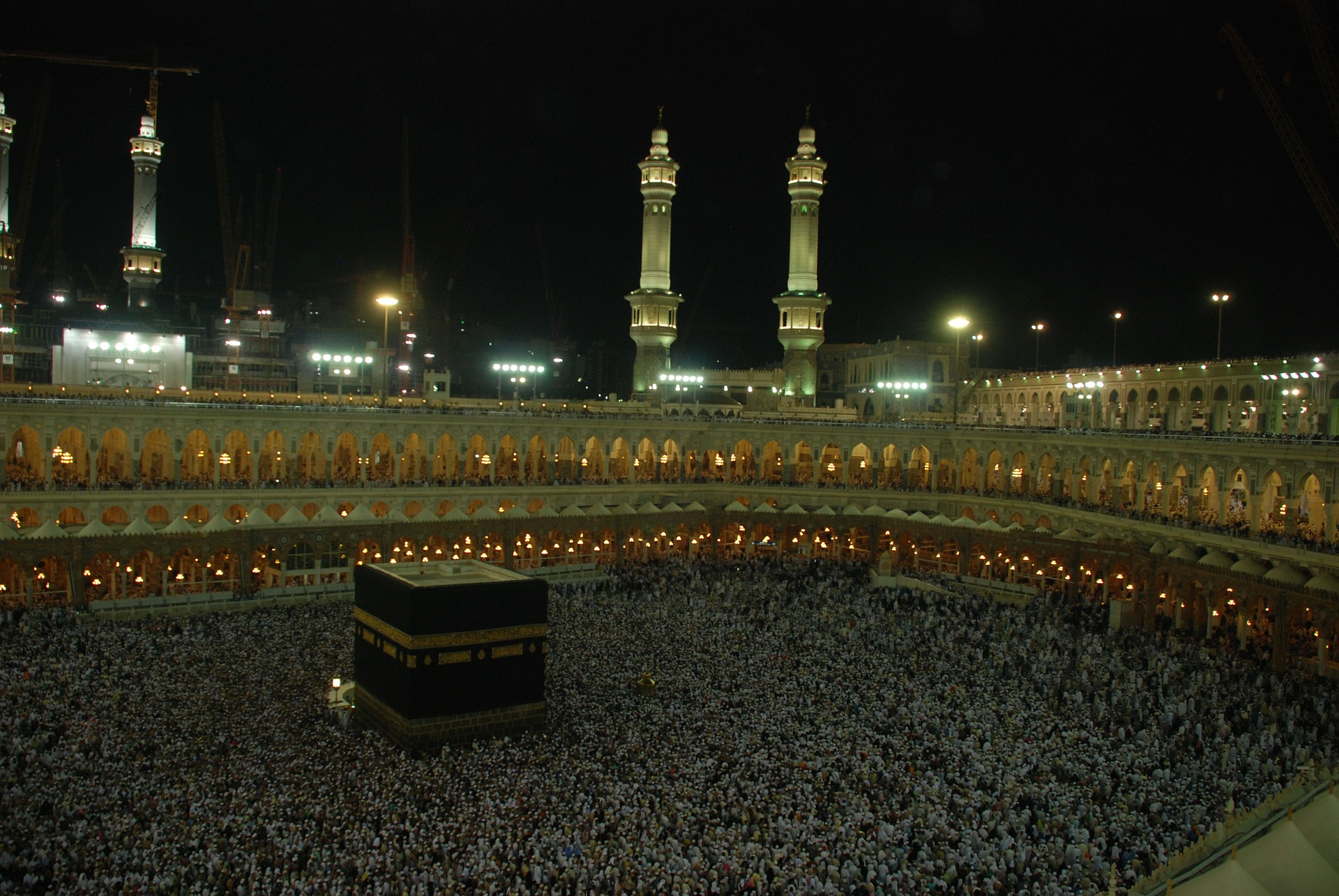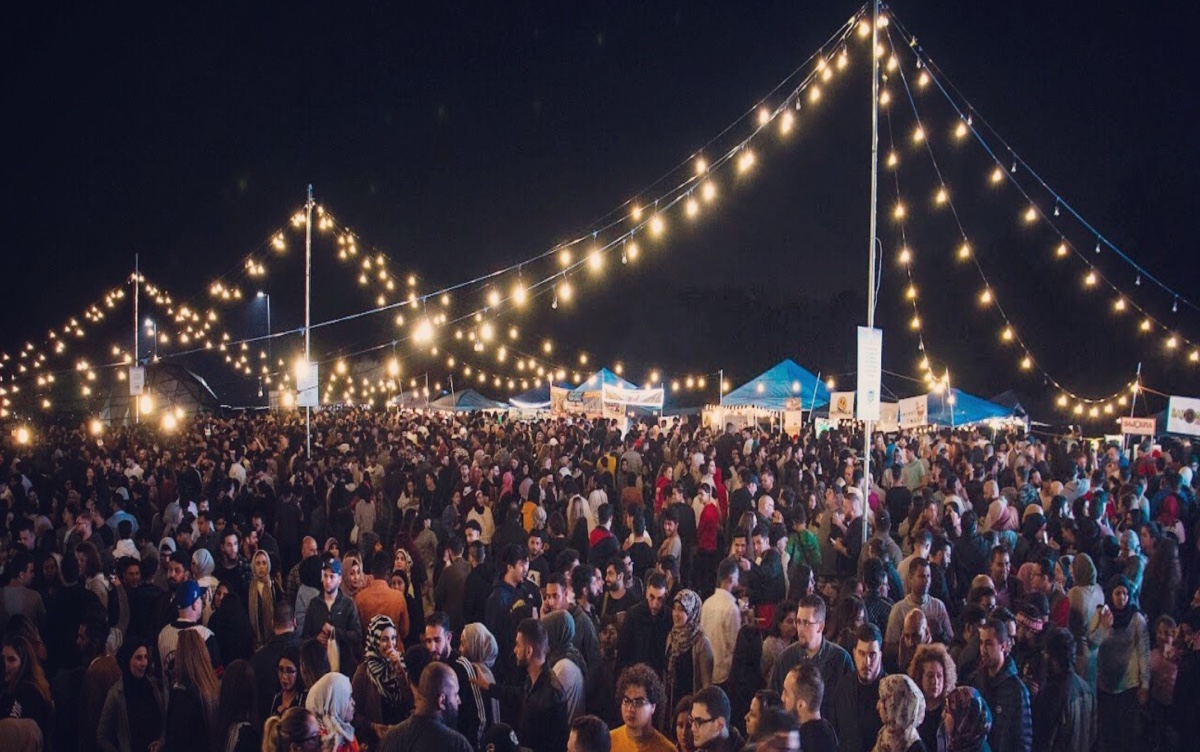Stopwatches
 o Stopwatches are used in modern competitions of speed. Swimming, short-distance running, equestrian sports, skiing, snowboarding, and biking are just some of the applications. In some sports, such as swimming, digital stopwatches are connected to starting pads which athletes kick when starting or finishing a race. This allows for much more accurate timing than would be possible than by pressing a button.
o Stopwatches are used in modern competitions of speed. Swimming, short-distance running, equestrian sports, skiing, snowboarding, and biking are just some of the applications. In some sports, such as swimming, digital stopwatches are connected to starting pads which athletes kick when starting or finishing a race. This allows for much more accurate timing than would be possible than by pressing a button.
History
o The first stopwatch was produced by the TAG Heuer company under the name micrograph. Since then, other companies have begin creating their own stopwatches, seeing the potential. In 1855, a horse named Lexington set a world speed record that was recorded by stopwatch; the time was recorded to a precision of quarter-seconds. This famous race encouraged the widespread production of the mechanical stopwatches of the day. Today, most watches and stopwatches operate on quartz, which resonates at a reliable number of times per second when electric signals are applied.
* The face of a stopwatch may be either analog or digital. Stopwatches are often used in situations where precision is critical, so both analog and digital usually feature time divisions in up to hundredths or thousands of a second. The face of an analog stopwatch may have several hands, each representing a different increment of time; digital stopwatches will simply display the time in a minute:second:hundredth format.
Buttons
 The buttons on a stopwatch are very similar between analog and digital versions. At the very least, a button to start and stop the stopwatch is required. Most modern stopwatches also feature both a reset button and a lap button. The reset button reverts the time to zero, saving the necessity of winding it by hand. The lap button differs between digital and analog. On an analog clock, it will stop a special lap hand on the face of the clock, giving the time of a particular lap. On a digital clock, the lap button displays the current time but continues to count in the background.
 Stopwatches are watches that time events. Instead of telling one the time of day, the stopwatch tells the person how long it took to perform a certain function. Some stopwatches can time multiple events. Some stopwatches can time parts of the event along with the total time of the event.
Functions
 The stopwatch contains buttons to perform certain functions, such as starting, stopping and split timing. Your stopwatch could have other functions such as an alarm or calendar function. Refer to your owner’s manual for a list of all functions of your stopwatch.
Advanced
 Stop watches have a split button to time parts of the event. For example, if your race is a relay race and you want to know the time for each relay, press start at the start of the race. At the same time, press the split button on your stopwatch. Now when the first relay is done, press split. The watch displays the time for the first relay but continues to accrue time for the total race. Press the split again for the next relay. Repeat this until the race is over, and then press stop.
The watch will display the total time for the race. Press split to get the time for the first relay. Press split again for the second time and continue until you have all of the relay times. Stopwatches will only hold a certain amount of split times, so check your owner’s manual to see how many split times your watch holds.
Timer
 Stopwatches have a timer built into them. A timer is the reverse of a stopwatch. Instead of timing the event, the timer times how long it takes you to do something. For example, if you leave your home to go to work, press start on the timer mode. When you reach work, press stop on the timer mode. The time it takes you to get to work displays on the face of the stopwatch.
14-12













2012
830 views
views
0
comments